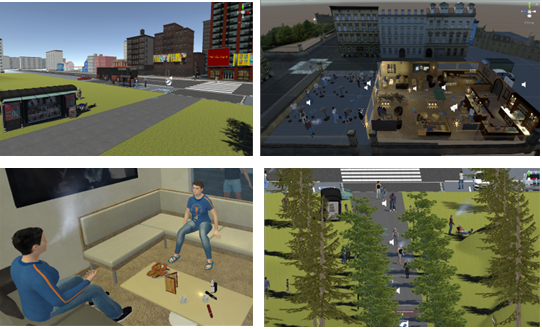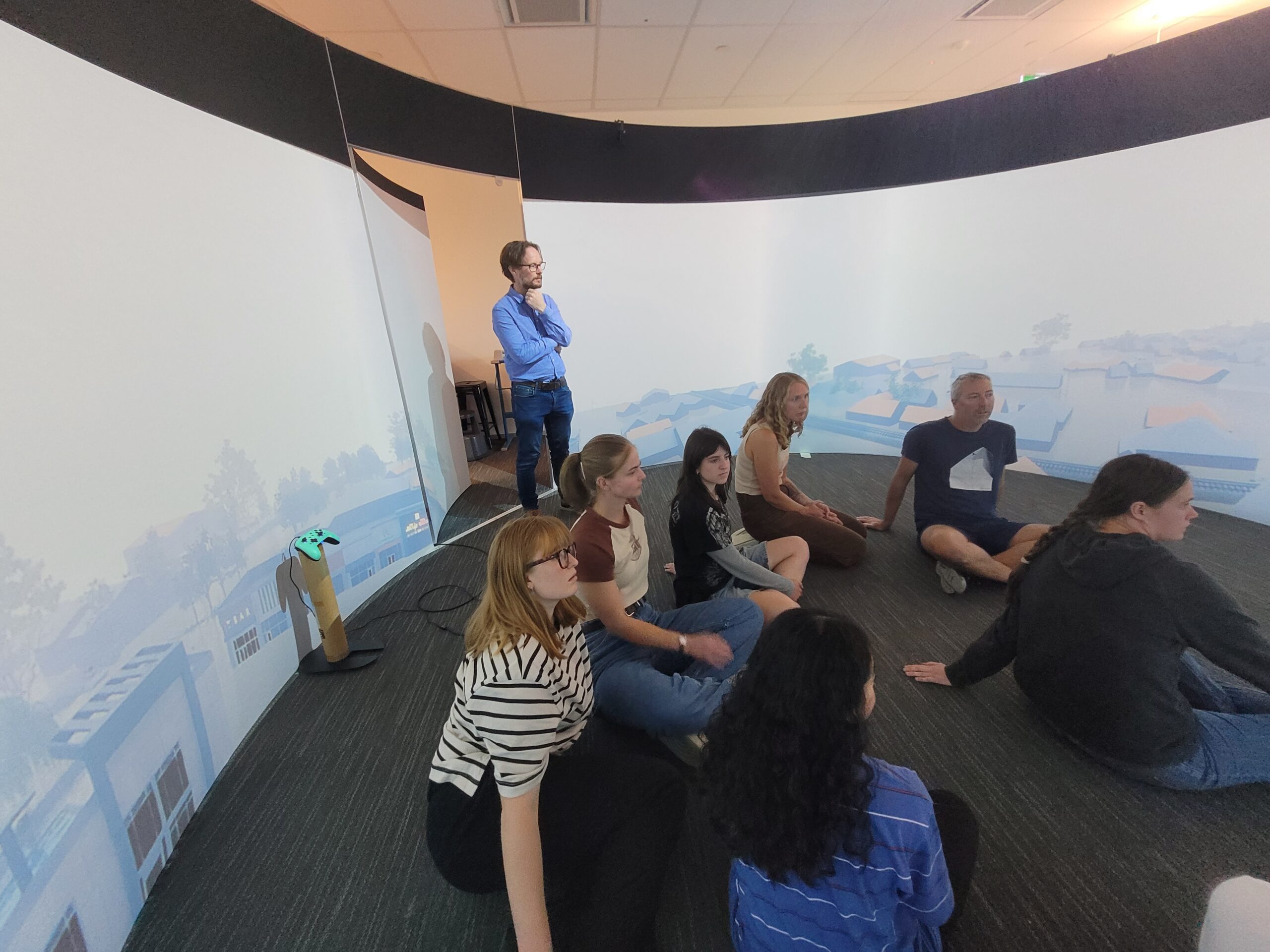Towards personalised digital health services for preventable health conditions – virtual reality and cue reactivity
Research Team:
Melanie Tomintz
Simon Hoermann
Maria C Vega Corredor
Dr. Merel Keijsers
MSc. Nawam Karki
Summary
Electronic nicotine delivery systems (ENDS), were developed to provide an effective substitute for quitting smoking and as an alternative to conventional cigarettes. Nowadays, their use has rapidly grown and transformed into a popular and distinct form of nicotine consumption. The upsurge of ENDS, has introduce a whole new spectrum of types of consumers who now are differentiated from the conventional cigarette user.
Our research used virtual reality technology to study how people respond to vaping and smoking craving related cues (i.e. virtual reality vaping stimuli). Virtual reality technology allows to precisely design and control what and when participants are exposed to cues and hence, allows to record and analyse data on the effects of those cues on participants. The aim of this study was to build a multi-sensory environment that allowed us to measure people’s behavioural and psychophysiological reactions (e.g. increased heart rate, sweat) when placing them into different virtual environments using virtual reality technology and simulating different cue exposure e.g. tobacco, different flavours of e-cigarette liquids, food, weather conditions, that evoked different subconscious reactions. Our results will help to inform the design of vaping cessations interventions for example through potentially increased self-awareness of participants on how they react to cues and help them to be better trained to manage vaping urge and dependency.
Outcomes
Vaping virtual environments: Five virtual environments (scenarios) were designed and implemented specifically to replicate and evaluate vaping cue exposure. Virtual reality environments for vaping cue simulations are novel. Hence, the simulation system had to be built from scratch. So we have developed and tested several virtual environments and virtual multi-sensory feedback and interaction paradigms to simulate vaping cues. We explored computational methods to analyse craving levels for vaping based on physiological data as well as traditional questionnaires. Vape users and no users experimentally tested the virtual reality scenarios in order to investigate their capacity to elicit vaping cravings.
Online survey: We have also completed a detailed survey for future dissemination and potential therapeutic applications in New Zealand. The survey was completed by over 800 participants of which more than 200 identified as Māori. The survey aimed to gain a better understanding of the experiences and behaviours of electronic cigarette users in New Zealand including the length of use, reasons for use, shopping preferences, and general perception of vaping among users.




